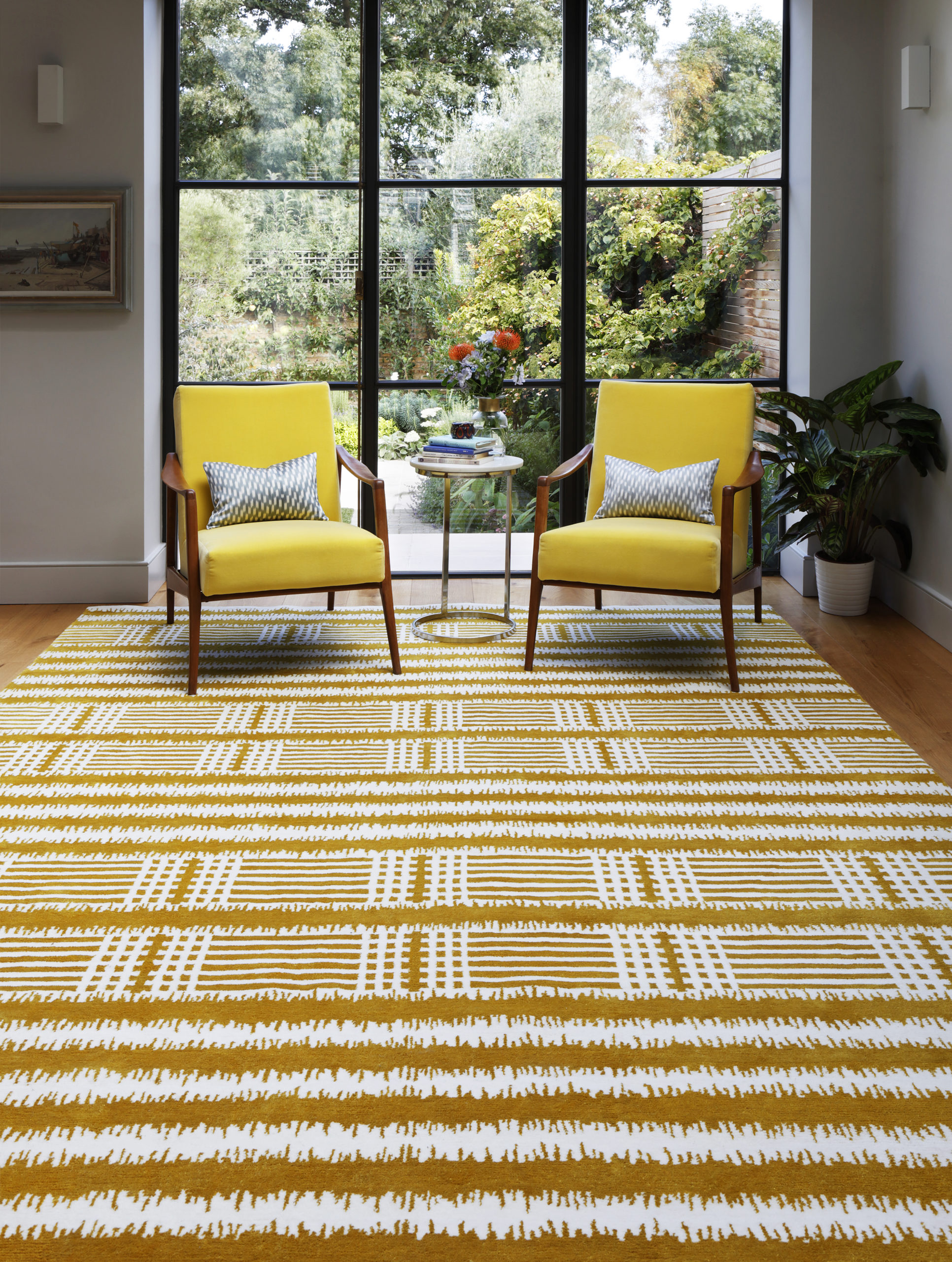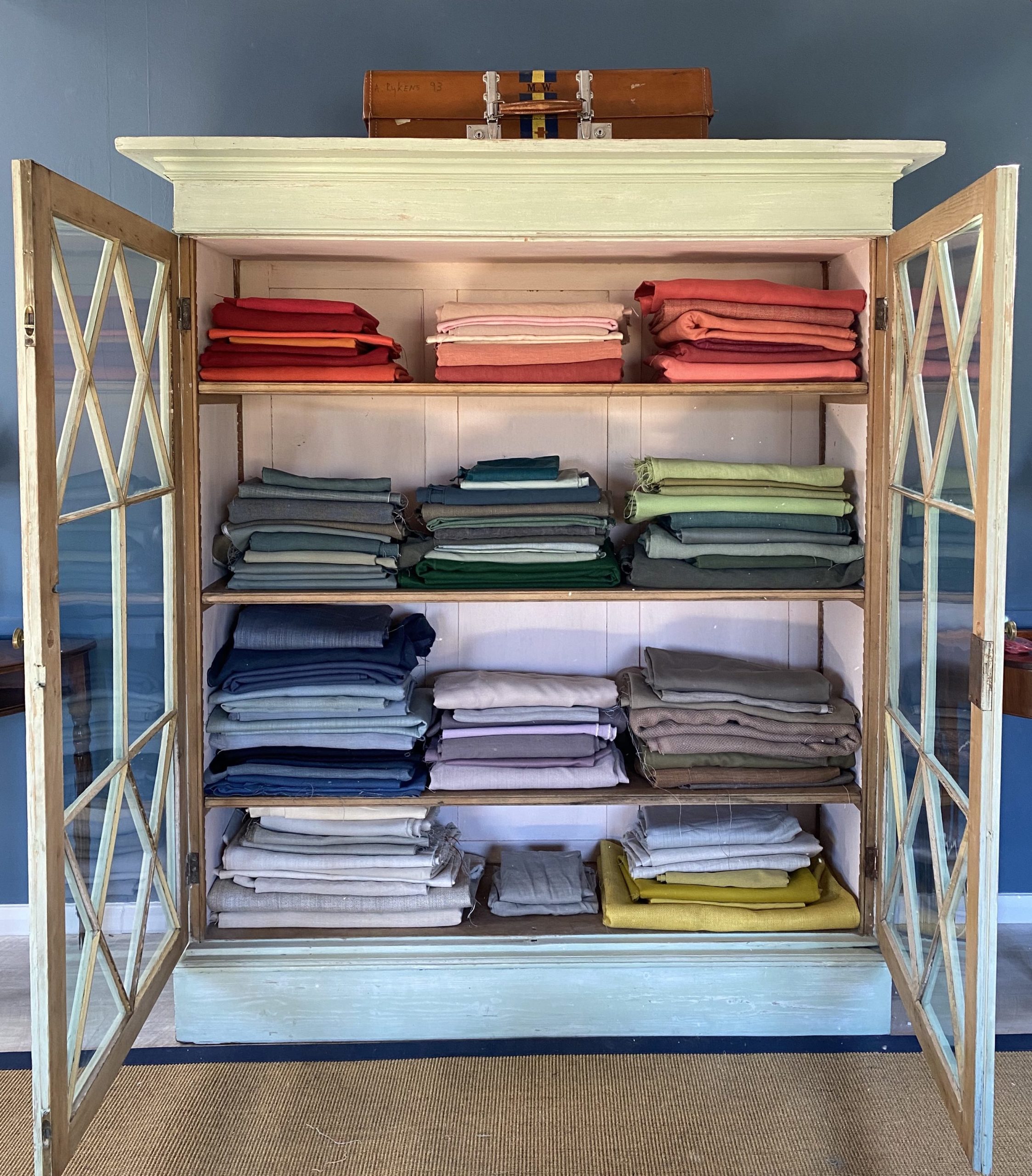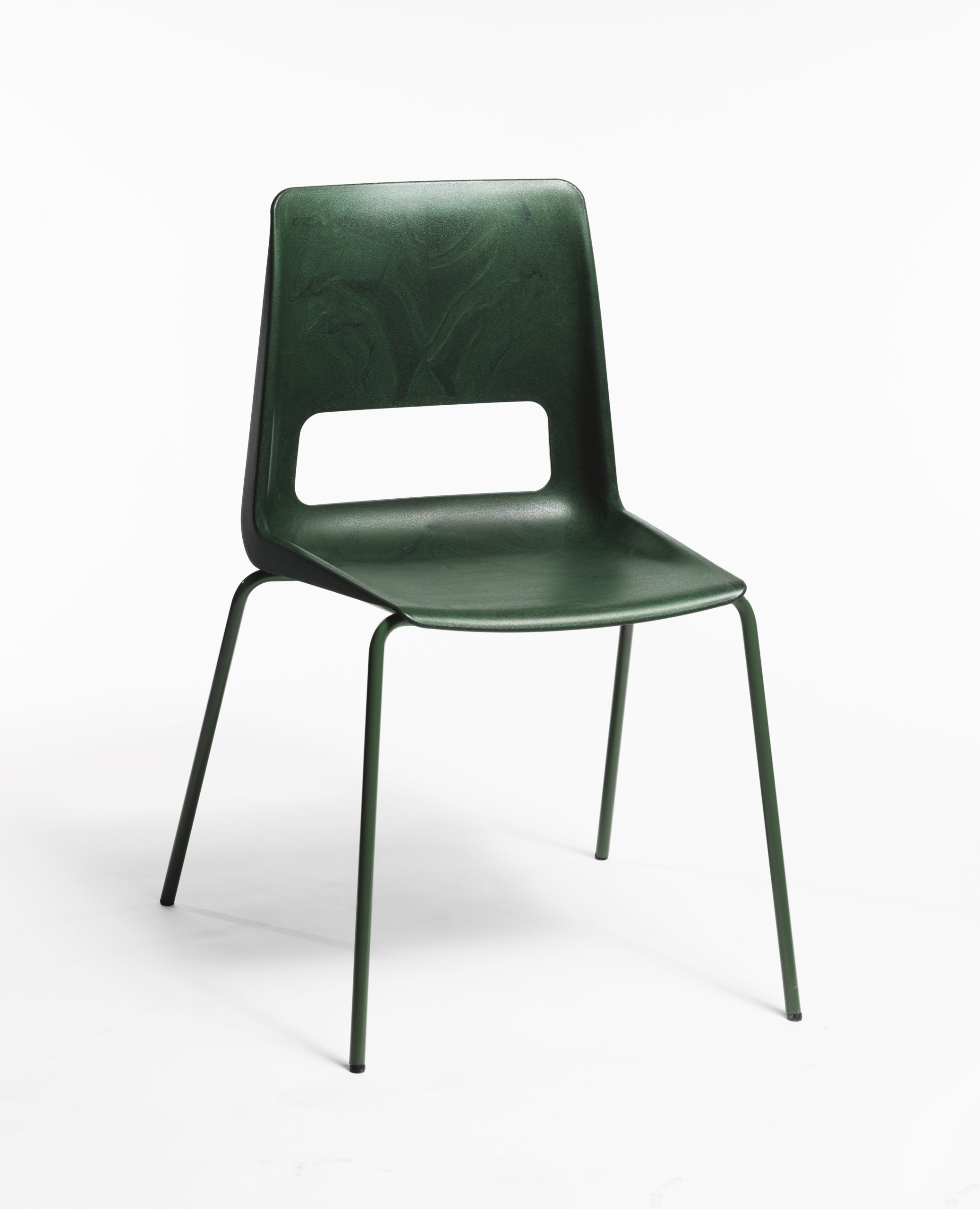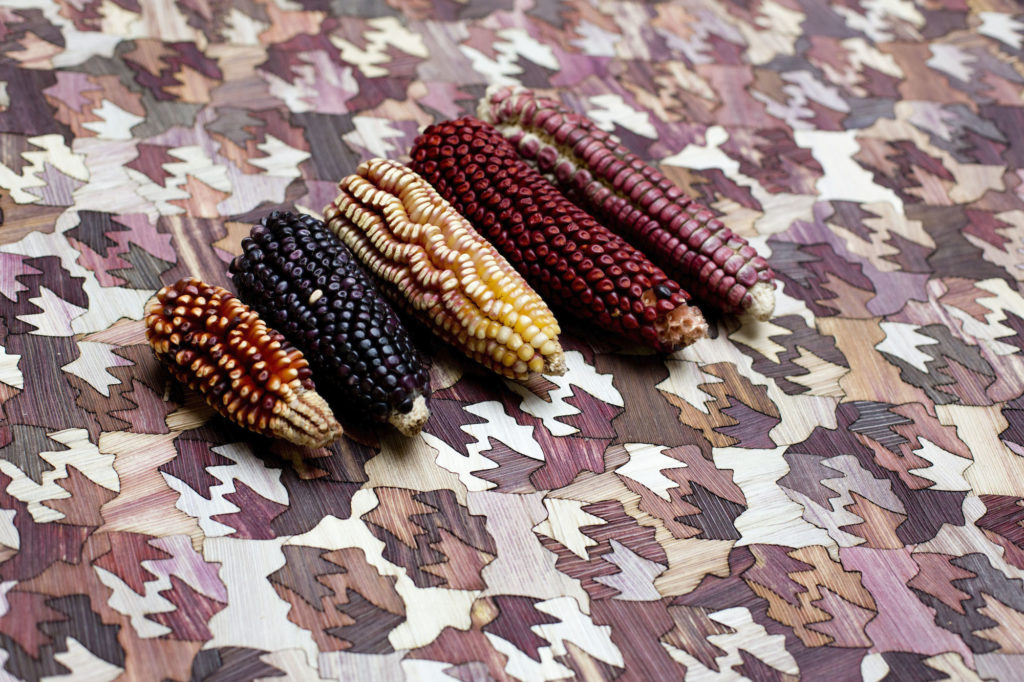With COP26 underway and the world’s leaders discussing ways to collaborate and devise a positive plan of action, it’s a timely moment to reassess the design industry and its environmental impact. And looking at the interiors sector in particular, there are many ways it can reduce its footprint, with small actions that en masse can result in major global change.
Exploring the potential for a second life of every product is one good place to start – can it be reused, repurposed, or recycled? And as consumers, the notion of buying less but buying better is key. While buying antiques, vintage pieces and second-hand furniture has an important part to play, there will always be times where we need to buy new. In these instances, opting for brands and designers that can give full traceability of each piece is the ideal.
Stefan Dodds, co-founder of Dodds and Shute, a design-led firm dedicated to sourcing the most sustainable products, agrees that everyone needs to be buying from responsible and transparent businesses. “We need to recognise that sometimes, there is slightly more inconvenience in doing this,” he says. “Always ask questions of the brands you’re purchasing from – where are the goods made, what is the company’s sustainability policy, what does the company do to eliminate modern slavery in their supply chain? If people can’t answer these or aren’t willing to investigate them, this should be an alarm bell.”

While this places an increased onus on consumers to do their research, it is vital that brands also ensure they are communicating effectively to eliminate this pressure and offer consumers a real insight into such area. This commitment from brands, coupled with consumer shifts, could result in further positive change at a quicker pace. “We need to get away from the throwaway culture we are used to,” Dodds continues. “For example, when you’re buying a sofa, think about keeping it for the rest of your life.”
We cannot afford to sit back and wait for someone else to sort the problem out.
Fiona Ginnett, director of kitchen studio HØLTE
Jennifer Manners – a former news journalist and now an award-winning textile designer – has taken a practical and highly effective approach to co-opting that throwaway culture. Realising that high performance (in other words, durability and ease of cleaning) is a desirable quality in rugs, and keen to increase their sustainability, she researched fibres made from recycled plastic bottles – the polyethylene that ends up in vast quantities in the ocean.

Manners quickly discovered that options were limited, and certainly not up to the requirements of high-end textile design. Instead, she invested considerable time and resources into creating her own fibres, comparable to the feel of wool, and which won her a Best Sustainable Product award at Decorex. What is so compelling about Manners’ approach is that the result is a product that is both sustainable and highly desirable.
Taking an alternative approach, Jules Haines founded The Haines Collection two years ago to create more circularity within the textiles arena. A platform dedicated to the reselling of unwanted textiles and home accessories, it includes fabrics from designers like Kit Kemp, with brands now seeing the benefit of utilising such an infrastructure rather than sending them to landfill.

“With textile waste being a well-known problem in the fashion industry, we plan to highlight how much textile waste is from homeware and furnishing fabrics,” says Haines. “42% of textile waste in UK landfill is from the home, which means it’s a huge problem that we need to address. Brands initially were slow to understand but two years on, thankfully it is a different story and people are becoming increasingly conscious.”
Entrepreneurs like Haines are providing hope that transformation is possible, and with the platform seeking to expand into new areas, it can facilitate such transitions across the whole industry.
While the interest in such platforms does indicate that awareness has increased, Dodds still feels worried that change may not take place soon enough: “I believe the majority of our clients want change and want to do better in their procurement/purchasing habits, but it’s still not easy enough to know where something is coming from and how it’s being made,” he explains. “We need to move away from the desire of purchasing new goods to meet the latest fashion.”
While the need for brands and designers to shift their attention to more mindful strategies is urgent, implementing new systems and changing business structures can be time-consuming and costs money. Fiona Ginnett, director of London-based kitchen studio HØLTE, says that for them, it has been a minor consideration: “We see it as an investment in not just our own knowledge and understanding of how we can live more sustainability, but that of our customers, contractors and collaborators and the wider design, architecture and interiors community,” she says. “And, of course, the planet.”
The company has recently undertaken extensive research to analyse the carbon footprint of each component they create, sharing the findings with each client they work with. “We have always been conscious of our impact as a business and that of our products and strive to use the most sustainable materials available alongside using renewable energies and reducing waste,” she adds. “However, we fundamentally cannot improve without understanding our true impact.” This commitment is something all brands can learn from, and in leading the kitchen sector within this area, Ginnett hopes it will encourage more to follow suit.
While the current climate change conference is another wake-up call for action, Ginnett urges everyone to move forward with a renewed sense of individual responsibility: “We cannot afford to sit back and wait for someone else to sort the problem out,” she says. “We all, businesses and consumers alike, share the opportunity to make things better.” And, with more tools becoming available and an increased awareness leading to increased action, it’s incumbent on the design industry to pull together to create the change that future generations so urgently need.
Effect Magazine is brought to you by Effetto









